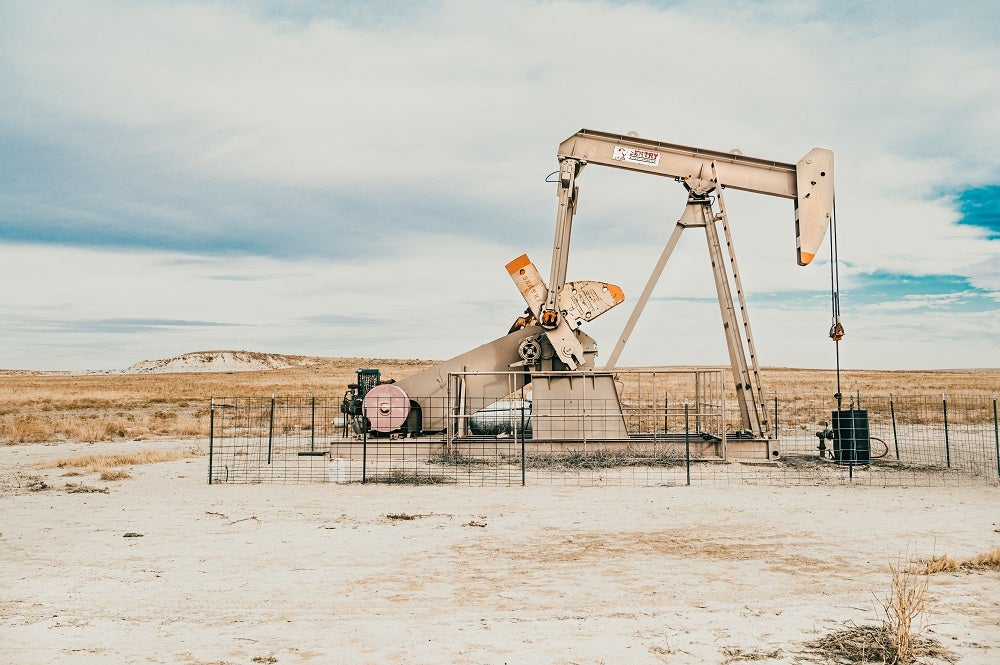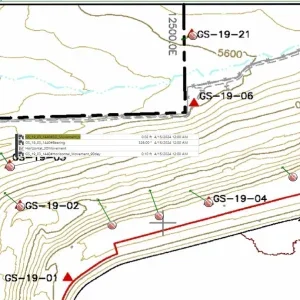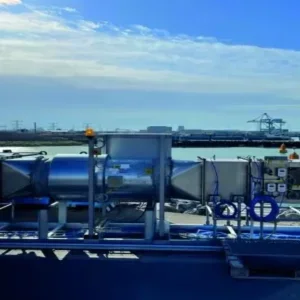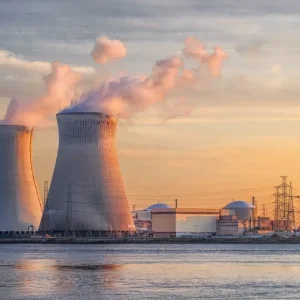
Bankruptcy debt across the North America oil and gas industry passed $100bn in 2020 for the first time, reflecting the huge financial impact of the pandemic-triggered market crisis.
In what was “arguably the most devastating year in history” for the sector, 108 companies filed for Chapter 11 bankruptcy support, with a combined debt of $102bn, according to an analysis by consultancy Rystad Energy.
While the number of filings was lower than during the previous market downturn of 2016, the average debt of those companies which did declare bankruptcy was almost twice as high, at a record $940m.
However, Rystad notes that the surge in Chapter 11 activity fast-tracked an “overdue reduction” in the number of market participants in North America, “by removing troubled companies and allowing their healthier competitors to remain in the playing field”.
The US crude benchmark West Texas Intermediate (WTI) averaged just $39 per barrel throughout the year, US Energy Information Administration (EIA) data shows, compared to $57 per barrel in 2019.
Even for the nimblest of shale operators, such a sustained period of low oil prices proved a significant financial challenge.
Crude has enjoyed a moderate rebound in recent weeks, with WTI now priced at its highest since February and EIA estimates indicating a $50-per-barrel average over the next two years – offering some signs of positivity for this hard-hit industry.
Texas oil and gas producers most affected by bankruptcy in 2020
For exploration and production (E&P) operators in North America, combined bankruptcy debt totalled $56.2bn in 2020, with average debt per company reaching a record high of $1.2bn.
According to data collected by law firm Haynes and Boone, 46 E&P companies filed for Chapter 11 support in 2020, of which 31 were by companies based in Texas. Delaware was the second-most impacted region, with six filings during the year.
Rystad suggests that a significant part of these E&P bankruptcies was the result of a trend that started in 2019, in which the US business model underwent “massive change” with reduced availability of capital.
“This contributed to early Chapter 11 filings by companies dealing with a challenging trade-off between shoring up their balance sheet and securing funds for operations,” the research group said.
“The Covid-19 pandemic accelerated the transformation of the industry by fast-tracking some Chapter 11 cases that would have happened even without the market downturn, and tested the balance-sheet strength even of companies that felt relatively secure in early 2020.”
The second and third quarters of the year accounted for the highest number of new E&P filings – 18 and 17 respectively – with the notable inclusion of high-profile producers Chesapeake Energy, Whiting Petroleum and Ultra Petroleum.
Responding to the historic demand loss for oil products caused by global lockdowns, oil and gas operators across North America took measures to cut costs, maintain capital discipline and lower their production levels.
The knock-on effect for the oilfield services (OFS) industry was immediate. Halliburton, Schlumberger and Baker Hughes each reported gloomy financial outlooks in the second-quarter, and thousands of jobs have been lost across the sector.
More than 60 North American OFS firms filed for bankruptcy in 2020, comprising debts of $45bn – $10bn more than the previous record set in 2017. Rystad notes that offshore service companies including Diamond, Noble, Valaris and Seadrill Partners contributed significantly to these figures, although onshore operators were affected too.
Rebounding crude prices promise to ease financial pressures
Towards the end of 2020, crude prices began to edge slowly upwards, buoyed by a gradual rebalancing of the market as Opec+ producers co-ordinated an historic supply cut, as well as positive sentiment surrounding vaccination programmes.
This month, WTI prices punched above $50 per barrel for the first time since February, offering hope to North American producers and the OFS companies that rely on their activity of a return to financial stability.
If crude prices remain above $50 per barrel, Rystad expects a normalisation across the sector, with around 26 E&P bankruptcies expected in 2021 and 22 in 2022 – levels consistent with those seen in 2017-18.
“Nearly all public E&P producers are now positioned to navigate 2021 without significant bankruptcy risks,” said Rystad’s head of shale research Artem Abramov.
“Nevertheless, regardless of the upcycle, we should keep in mind that a certain number of Chapter 11 E&P cases is normal and should be viewed as an integral part of the oil and gas business.
“With WTI at $53 [per barrel], the industry is getting back to a normal operations mode. It is also important to keep in mind that the companies with the weakest balance sheets have already filed for bankruptcy.
“If anything, improved market fundamentals will accelerate the restructuring process that started in 2020 and some E&Ps might return to business faster in 2021.”






